When your pharmacist hands you a generic pill instead of the brand-name version, you might not think twice. But behind that simple swap is a rigorous, science-backed system the FDA uses to decide whether it’s safe to substitute one drug for another. This system? Therapeutic equivalence codes. They’re not just letters on a label-they’re the backbone of how millions of Americans save money on prescriptions every year without sacrificing safety or effectiveness.
What Are Therapeutic Equivalence Codes?
Therapeutic equivalence codes, or TE codes, are a classification system created by the U.S. Food and Drug Administration to tell pharmacists and doctors which generic drugs can be swapped for brand-name drugs without changing how well they work or how safe they are. These codes appear in the FDA’s Approved Drug Products with Therapeutic Equivalence Evaluations, commonly called the Orange Book. First published in 1980, the Orange Book is updated monthly and lists over 14,000 approved drug products. The core idea is simple: if two drugs are therapeutically equivalent, they should produce the same clinical result in the same patient under the same conditions. That means the same effect on your blood pressure, the same relief from pain, the same reduction in infection. It’s not about cost. It’s about science.The Letter System: A, B, and What Comes After
TE codes use a simple but powerful letter format. The first letter tells you everything you need to know:- A means the generic drug is therapeutically equivalent to the brand-name version. You can substitute it without hesitation.
- B means the FDA doesn’t yet have enough evidence to say it’s equivalent. It might be close, but more study is needed.
- AB is the most common code. It means the generic has been proven bioequivalent to the brand-name drug through standard tests-usually blood level measurements taken after the drug is taken.
- AB1, AB2, AB3, AB4 show that there are multiple brand-name drugs (called Reference Listed Drugs) for the same generic. For example, if a generic matches Brand A, it gets AB1. If it matches Brand B instead, it gets AB2. Pharmacists need to know which version they’re substituting for.
- BC, BD, BE, BT, BP, BR, BS, BX are all B codes with extra letters to explain why the drug is flagged. For example:
- BC = extended-release formulations with bioequivalence concerns
- BT = topical products like creams or gels where absorption is hard to measure
- BX = not enough data to judge at all
Why Does This System Exist?
The TE code system was created to solve a real problem: how to encourage generic drug use without risking patient safety. Before the 1984 Hatch-Waxman Act, many generic drugs were approved based on little more than chemical similarity. But two pills can look identical and still behave differently in the body. The FDA’s breakthrough was requiring generic manufacturers to prove bioequivalence-meaning the generic releases the same amount of active ingredient into the bloodstream at the same rate as the brand. That’s done through controlled studies in healthy volunteers. If the results fall within strict limits (usually 80-125% of the brand’s levels), the drug qualifies for an A rating. This system isn’t just bureaucratic-it’s effective. As of 2023, 90% of all prescription generics in the U.S. carry an A rating. That means for most common pills-like metformin, lisinopril, or atorvastatin-you can trust the generic completely.
How Pharmacists Use TE Codes Every Day
Pharmacists don’t guess whether a generic can be swapped. They check the Orange Book-online or in print-before filling a prescription. According to a 2022 survey of 1,200 community pharmacists, 87% use the Orange Book at least once a week. On average, they spend about 2.7 minutes per prescription verifying the TE code. That time adds up. But it saves money. In 2023, generic drugs saved the U.S. healthcare system $370 billion. That’s because insurers and government programs like Medicare push for substitutions when TE codes allow it. In 49 states, pharmacists can automatically switch a brand-name drug for an A-rated generic without calling the doctor. But things get messy with B-rated drugs. A 2022 American Medical Association survey found that 42% of physicians didn’t fully understand what a B code meant. Some thought it meant “unsafe.” Others thought it meant “ineffective.” Neither is true. A B code just means “we need more data.” That confusion leads to mistakes. In some cases, pharmacists refuse to substitute a B-rated drug-even when the patient and doctor agree it’s fine. In others, pharmacists substitute a B-rated drug thinking it’s safe, when it’s not yet proven equivalent. That’s why 38 states require pharmacists to notify the prescriber before substituting a B-rated product.Where the System Falls Short
The TE code system works beautifully for simple, immediate-release pills. But it struggles with complex products:- Topical creams (like tacrolimus ointment): Skin absorption varies by person, making blood tests useless.
- Inhalers (like albuterol): How much drug reaches the lungs depends on how you use the device.
- Injectables (like complex biologics): Manufacturing differences can change how the drug behaves.
How This Compares to the Rest of the World
The U.S. system is unique. In Europe, the European Medicines Agency (EMA) doesn’t use a simple letter code. Instead, they publish full scientific reviews for each generic. That’s more detailed-but harder for pharmacists to use quickly. The FDA’s approach is built for speed and clarity. It gives pharmacists a clear green light (A) or yellow light (B). That’s why 90% of U.S. prescriptions are filled with generics, while in the EU, the rate is closer to 50%. The TE code system doesn’t just save money-it makes the system work.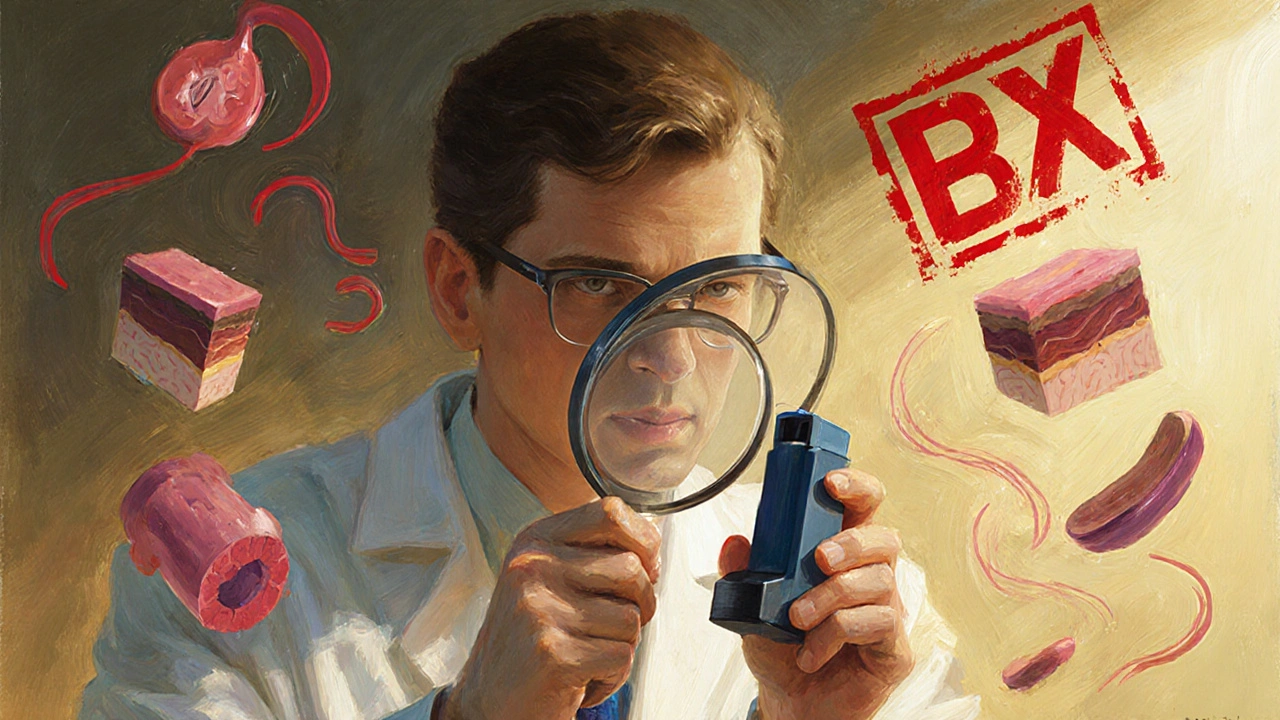
What You Should Do as a Patient
You don’t need to memorize TE codes. But here’s what you should know:- If your prescription says “dispense as written” or “no substitution,” your doctor is asking for the brand. That’s okay-sometimes it’s necessary.
- If you’re given a generic and it doesn’t seem to work the same, tell your doctor. It’s rare, but it can happen-especially with complex drugs.
- Ask your pharmacist: “Is this generic rated AB?” If yes, you’re good to go.
- If it’s a B-rated drug, ask if there’s an A-rated alternative. If not, ask your doctor if it’s safe to use.
What’s Next for Therapeutic Equivalence?
The FDA isn’t resting. With more complex drugs entering the market-like biosimilars and specialty injectables-the agency is working on new ways to evaluate them. They’re expanding their Product-Specific Guidances to over 1,850 drug products, giving manufacturers clearer rules to get an A rating. They’re also looking at real-world evidence: data from patient records, pharmacy claims, and even wearable sensors. Could future TE codes include data on how patients actually respond-not just blood levels? The goal remains the same: safe, affordable, accessible medicine for everyone. And for now, the TE code system is doing exactly that.What does an AB code mean on a generic drug?
An AB code means the generic drug is therapeutically equivalent to the brand-name version. It has the same active ingredient, strength, dosage form, and route of administration, and has passed FDA bioequivalence testing. You can safely substitute it without expecting any change in how well it works or its safety profile.
Are all generic drugs rated as therapeutically equivalent?
No. About 90% of generic drugs in the U.S. have an A rating, meaning they’re considered equivalent. The remaining 10% have B ratings, which means the FDA hasn’t confirmed they’re equivalent yet. This often happens with complex products like inhalers, topical creams, or extended-release pills where standard testing methods aren’t enough to prove equivalence.
Can I ask my pharmacist to give me the brand name instead of the generic?
Yes. If your doctor writes “dispense as written” or “no substitution” on the prescription, the pharmacist must fill it with the brand. Even if the generic is rated AB, you can still request the brand if you prefer it or if you’ve had issues with the generic in the past. The pharmacist will honor your request.
Why do some B-rated drugs still get prescribed?
B-rated drugs are still FDA-approved and safe to use-they’re just not yet confirmed as interchangeable. Doctors may prescribe them if no A-rated alternative exists, or if the patient has already been stable on that specific version. In some cases, the B rating is due to technical limitations in testing, not clinical risk.
How often is the Orange Book updated?
The FDA updates the Orange Book monthly. New drug approvals, code changes, and withdrawals are added each month. Pharmacists and prescribers rely on these updates to make accurate substitution decisions. The website also includes searchable databases and downloadable files for bulk data use.
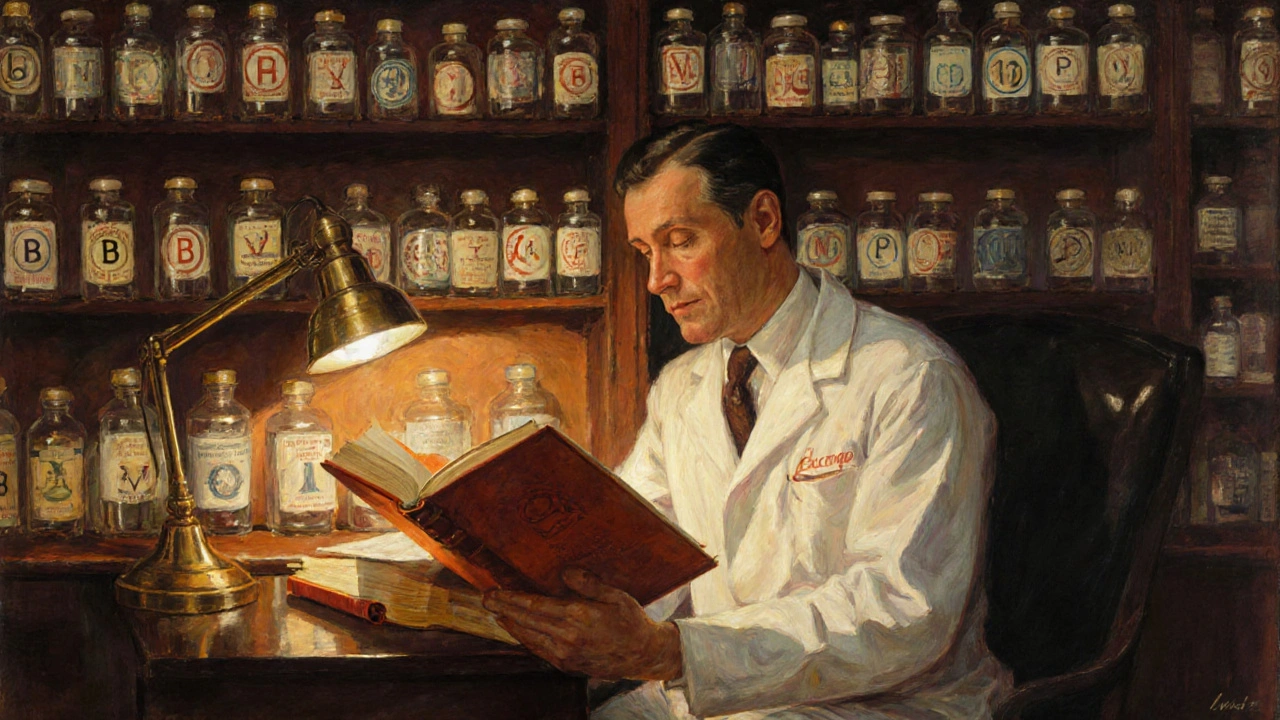

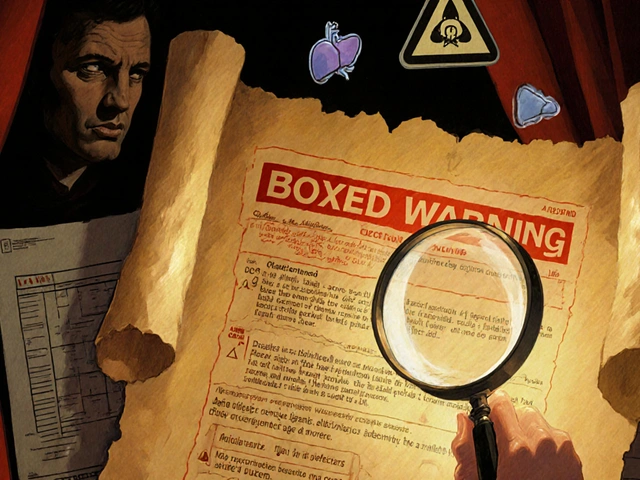
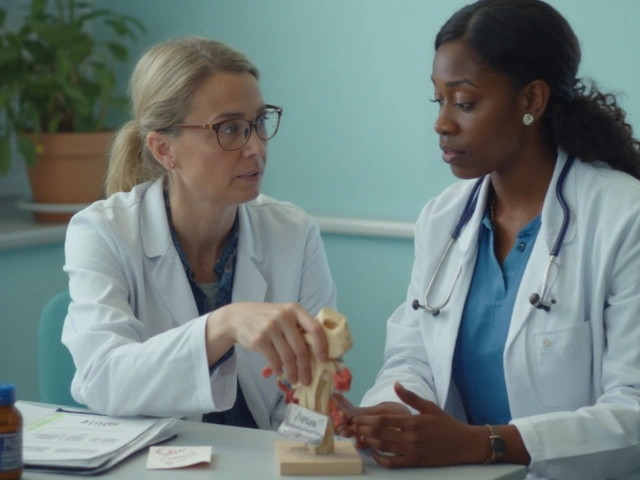

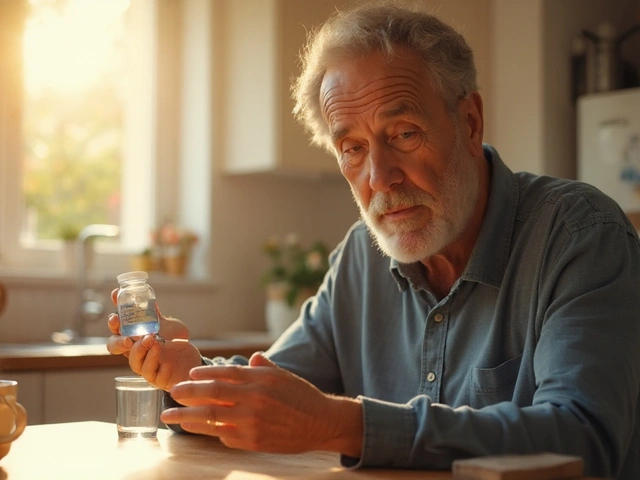
Written by Martha Elena
I'm a pharmaceutical research writer focused on drug safety and pharmacology. I support formulary and pharmacovigilance teams with literature reviews and real‑world evidence analyses. In my off-hours, I write evidence-based articles on medication use, disease management, and dietary supplements. My goal is to turn complex research into clear, practical insights for everyday readers.
All posts: Martha Elena